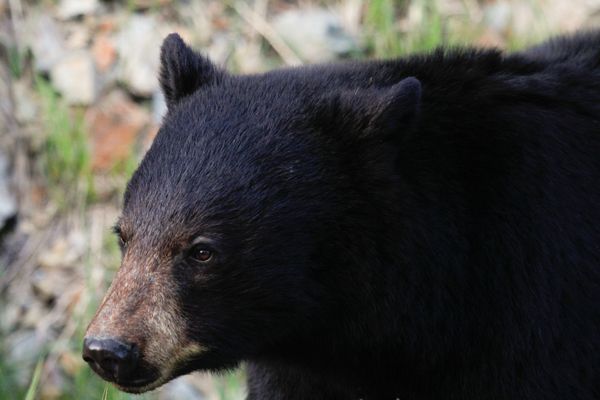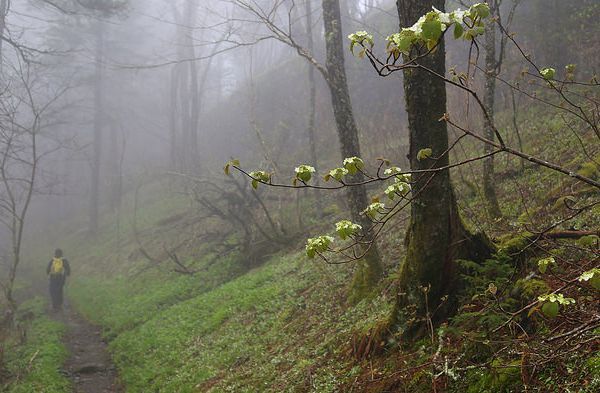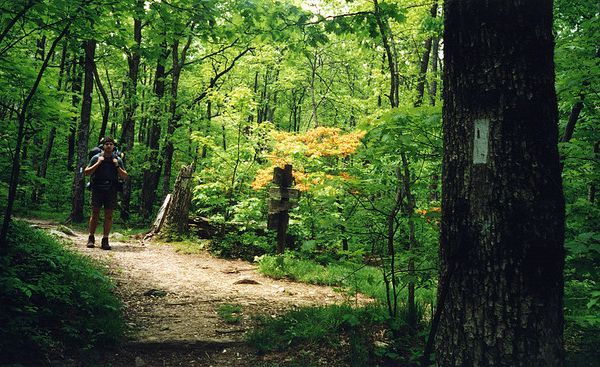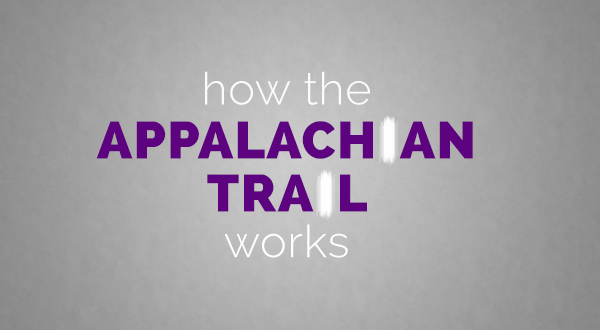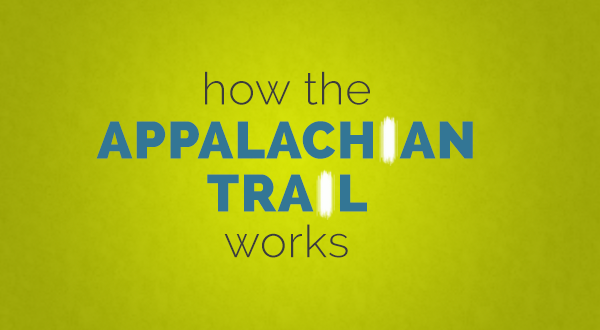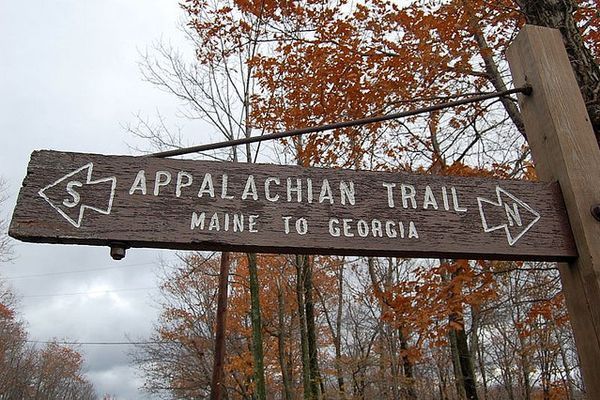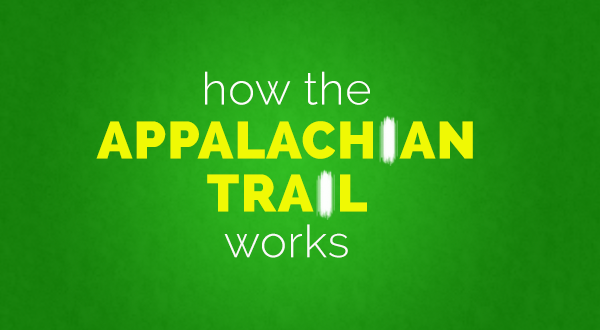Cosmo
I'm a 15- year volunteer for the A.T. in Mass and a regular section hiker. I'm a bit of an old fart, but working on the Trail and chatting with hikers keeps me solid. You can find out about what we've been up to on the Trail here: massatprojects.blogspot.com
Posts
The Case for Bear Canisters on the Appalachian Trail
Incidents of bears obtaining food from AT campsites are increasing. Several campsites in the mid-Atlantic have been closed, and a bear that
What the Appalachian Trail Will Look Like in 2025
In the Year 2525 ….well actually 2025, hopefully some will get the reference (or your parents will). Last summer in this space I wrote about the
Is there a Sustainable Future for the Appalachian Trail?
A heads up here. This article reflects my own opinion as an official old fart, hiker and 15 year A.T. Volunteer. While I serve actively on ATC’s
How the AT Works: Volunteering Safely
“Aren’t you worried about getting hurt out there?” “What if you break your leg, and lie there for days before anyone finds you?” I hear that a fair amount when people find out that I do volunteer work on the Trail. I try to explain that the risk is higher driving to the trailhead than it is out in the woods, and for hikers with a reasonable amount of experience, most trail maintenance is at a similar risk level. But there are some tasks that volunteers perform that come with a slightly higher risk than just taking a hike--but don't let that deter you from checking with your local trail adopting club.
Why Leave No Trace Matters
I can’t believe there is anyone hiking the A.T. who hasn’t heard of “Leave No Trace”--probably the 2nd most overused phrase after “Hike Your Own Hike”. While we’re all likely getting a bit tired of hearing BOTH messages, the LNT one really matters--and here’s how it affects your hiking experience.
How the Appalachian Trail Works: River Crossings
Pochuck Swamp, New Jersey; Great Swamp, NY; Clarendon Gorge, VT; James River, VA. Maine. One of these things is not like the other. Big Branch.
Signs on the Appalachian Trail: Everything You Need to Know
Sign Here As you travel along the Appalachian Trail, you will encounter a wide variety of trail signs. Some are very formal, “national park-like”
How the AT Works: What DOES a Maintainer Do?
Everyone knows they “keep the trail open”. But in the deep woods ‘open’ might mean something completely different than a hillside in southern New England densely packed with mountain laurel. And what about on balds in Tennessee, or above the treeline in New Hampshire? Let’s find out more about how these backcountry ‘stagehands’ approach their work and how they affect the Trail Experience at its most basic level.
Falling Trees on the Appalachian Trail: Is it Safe to Hike?
What's Really Dangerous? When you announce to your friends and family that you are going to hike the A.T., after the moment of stunned silence, the
How the Appalachian Trail Works: Finding the Perfect Spot
Can it be found? The Ideal AT Overnight Site? A lot goes into the creation of campsites on the Trail. We all have places we remember long after the hike is done, hopefully for good reasons, not bad. Here's an inside view of some of what it takes to create the ideal overnight site.

